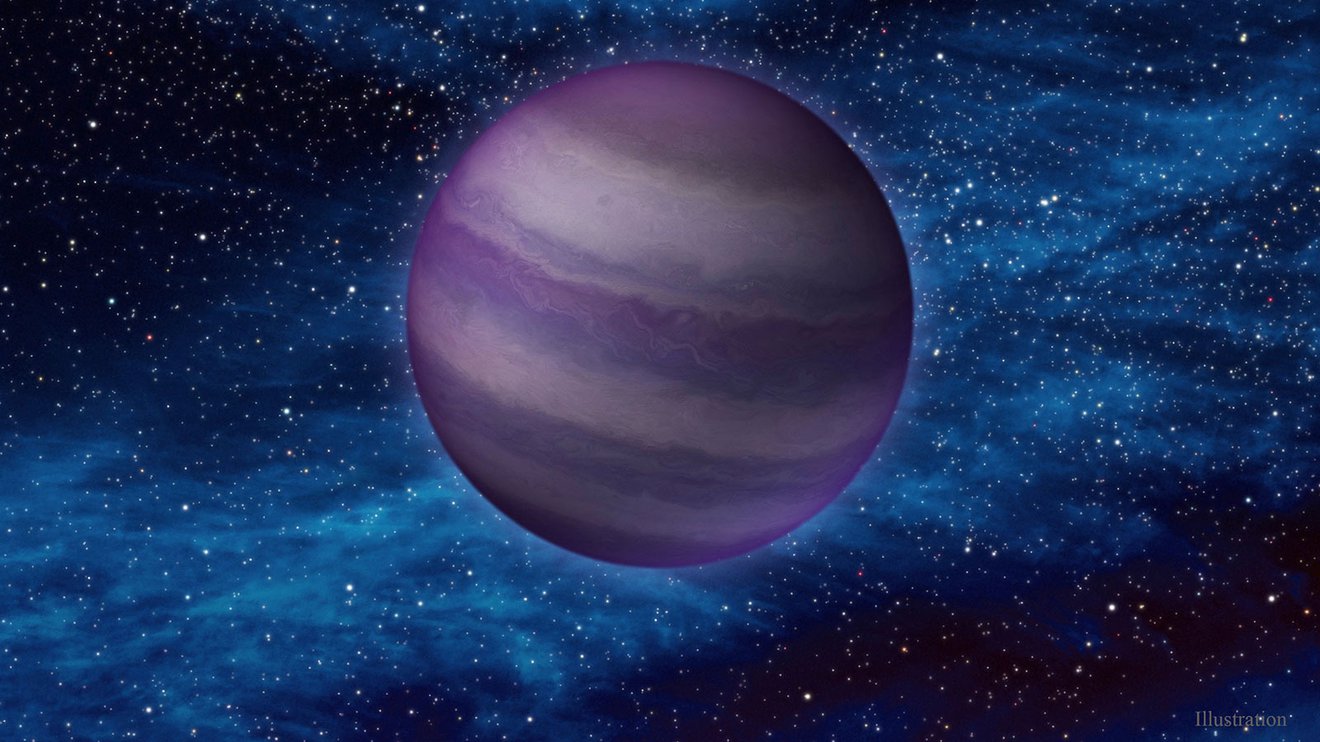Strange brown dwarf 'The Accident' hints at possible treasure trove of cosmic anomalies

A citizen scientist's lucky discovery of a bizarre brown dwarf illustrates the tantalizing borderline between stars and planets.
Brown dwarfs, which are sometimes called "failed stars," are more massive than most planets but not heavy enough to ignite like stars. Citizen scientist Dan Caselden discovered a brown dwarf nicknamed "The Accident" by sheer luck, as the cosmic object doesn't quite resemble any other brown dwarfs found in the galaxy to date, according to a statement from NASA.
"This object defied all our expectations," Davy Kirkpatrick, an astrophysicist at IPAC at Caltech in Pasadena, California, and lead author of a new study describing "The Accident," said in the statement. "This discovery is telling us that there's more variety in brown dwarf compositions than we've seen so far. There are likely more weird ones out there, and we need to think about how to look for them."
Related: Brown dwarfs: Strange failed stars of the universe explained (infographic)
The brown dwarf, formally known as WISEA J153429.75-104303.3, is located about 50 light-years from Earth and spins at about half a million mph (800,000 kph) — faster than all other brown dwarfs discovered at a similar distance from Earth, according to the study.
However, this cosmic object has puzzled astronomers because it deviates from the typical brightness observed in aging brown dwarfs. Generally, as brown dwarfs age, they cool off and dim in brightness, according to the statement. Conversely, The Accident appeared faint in some key wavelengths, indicating it was very cold and old, but bright in others, suggesting a higher temperature characteristic of a younger brown dwarf, the researchers said in the statement.
Caselden spotted The Accident using an online program he built to find brown dwarfs in data from NASA's Near-Earth Object Wide-Field Infrared Survey Explorer (NEOWISE), which began in 2013 as a new mission for a former astronomical space telescope when it was no longer able to complete those observations.
Breaking space news, the latest updates on rocket launches, skywatching events and more!

Scientists estimate that The Accident is between 10 billion and 13 billion years old, which is at least double the average age of other known brown dwarfs. This age, in turn, suggests that the brown dwarf formed when the Milky Way was much younger and had a different chemical makeup. As a result, there might be many more brown dwarfs lurking in our galaxy than scientists previously thought, according to the statement.
Using ground-based telescopes at the W. M. Keck Observatory in Hawaii, researchers attempted to observe The Accident at additional infrared wavelengths. However, the brown dwarf appeared so faint that it was undetectable, confirming it is in fact very cold, and therefore very old. Furthermore, given its fast spin speed, researchers estimate that The Accident has occupied the galaxy for a long time, having encountered massive objects that accelerate the brown dwarf with their gravity.
Observations of The Accident also show the object contains low levels of methane, compared to most other brown dwarfs. This characteristic further supports the idea that the object formed soon after the Milky Way formed about 13.6 billion years ago, at which point the galaxy was composed almost entirely of hydrogen and helium, and lacking the carbon needed to create methane, according to the statement.
"It's not a surprise to find a brown dwarf this old, but it is a surprise to find one in our backyard," Federico Marocco, an astrophysicist at IPAC and co-author of the study, said in the statement. "We expected that brown dwarfs this old exist, but we also expected them to be incredibly rare. The chance of finding one so close to the solar system could be a lucky coincidence, or it tells us that they're more common than we thought."
Their findings were published June 30 in the Astrophysical Journal Letters.
Follow Samantha Mathewson @Sam_Ashley13. Follow us on Twitter @Spacedotcom and on Facebook.

Samantha Mathewson joined Space.com as an intern in the summer of 2016. She received a B.A. in Journalism and Environmental Science at the University of New Haven, in Connecticut. Previously, her work has been published in Nature World News. When not writing or reading about science, Samantha enjoys traveling to new places and taking photos! You can follow her on Twitter @Sam_Ashley13.
